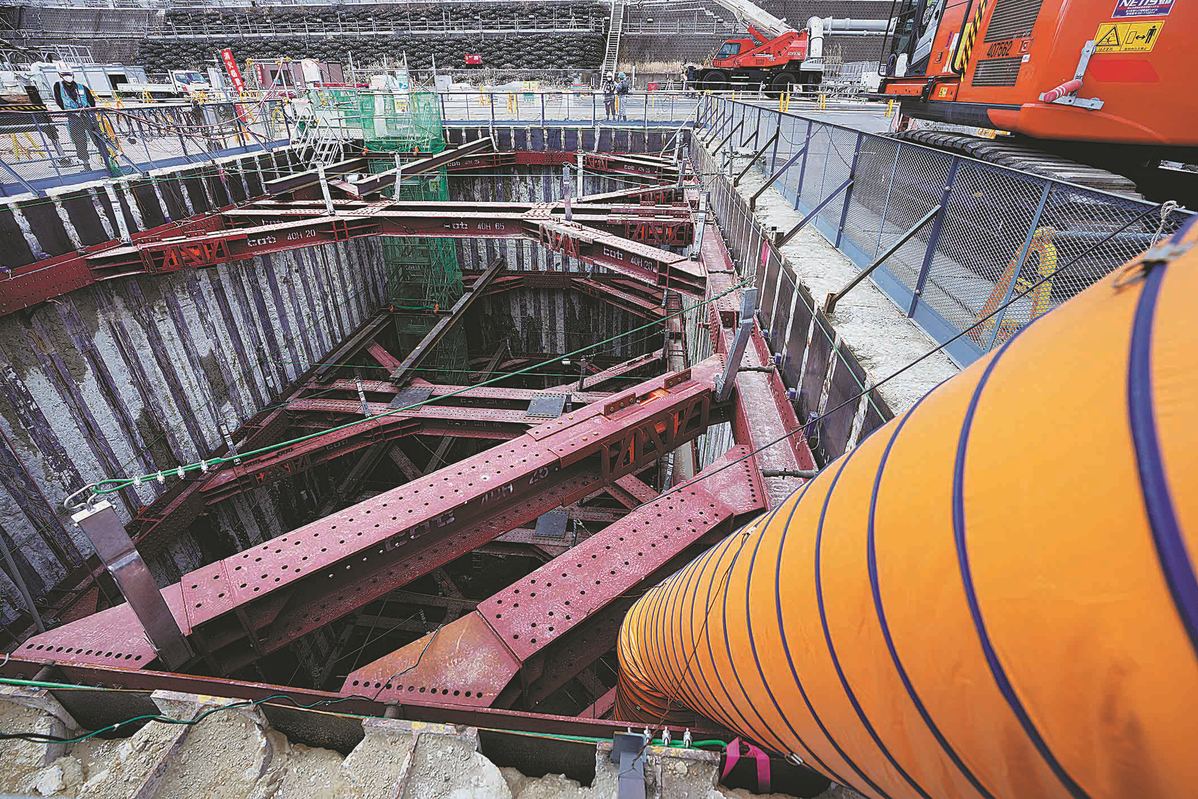The shadows grow longer in Fukushima


As a result of the disaster, some 160,000 people like Matsumoto were evacuated from the Fukushima region. What the authorities had to contend with was a level-7 nuclear accident, the highest on the international scale of nuclear and radiological events. By the end of 2021, some 40,000 of them were still unable to return to their homes. But, with Futaba, the last of dozens of places ending their status as no-go zones, the government still faces a challenge in regaining the people's trust.
In a survey conducted by Japan's Reconstruction Agency and others, only 11.3 percent of respondents said they wanted to return to Futaba while more than 60 percent said they already decided not to return.
The town aims to attract 2,000 people back in the next five years but in a trial for overnight stays, beginning in January, has seen only 15 former residents have applied.
In a report in 2020, Miranda Schreurs, a professor and chair of environmental and climate policy at the Technical University of Munich, Germany, argues that the situation in Fukushima remains precarious because problems like the removal of radioactively contaminated waste, and issues such as incineration, still need to be addressed.
"It will still take many years to win back confidence and trust in the government's messages that the region is safe," Schreurs says in the report, adding that intergenerational equity is also an issue. The next generations will be left with the burden of completing the highly dangerous and complex decommissioning work at the Fukushima plant, she said.
The plans for Fukushima's future also bump up against the government's divisive decision to proceed with a plan to discharge the radioactive water from the plant into the Pacific Ocean. The water has been used to cool the highly radioactive, damaged reactor cores and would be sufficient to fill about 500 Olympic-sized swimming pools. Under Tokyo's schedule, the ocean disposal will begin next spring.
Those plans present another blow to those former Fukushima residents who may be wanting to return to their old communities.
"Dumping the water went contrary to a government pledge of reconstructing my hometown Fukushima because it threatens a double blow to our community," says Hisae Unuma, an evacuee who has been among those pushing for the government to scrap the decision.
However, despite the mounting opposition from people in and outside Japan, the Japanese government has not troubled itself to give the plan a second thought.
The Nuclear Regulation Authority of Japan officially endorsed the discharge plan on July 22.
On Aug 4, the Tokyo Electric Power Company, or TEPCO, the Fukushima plant's operator, announced the start of construction on the pipelines that will take the contaminated water out to sea. But Japanese media have already reported that these works were all but completed.
























